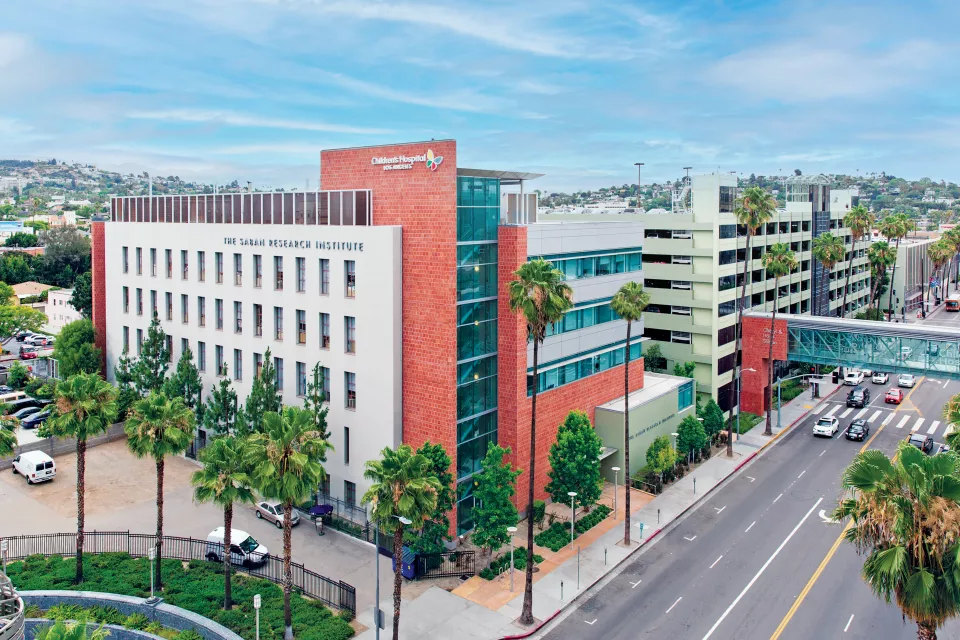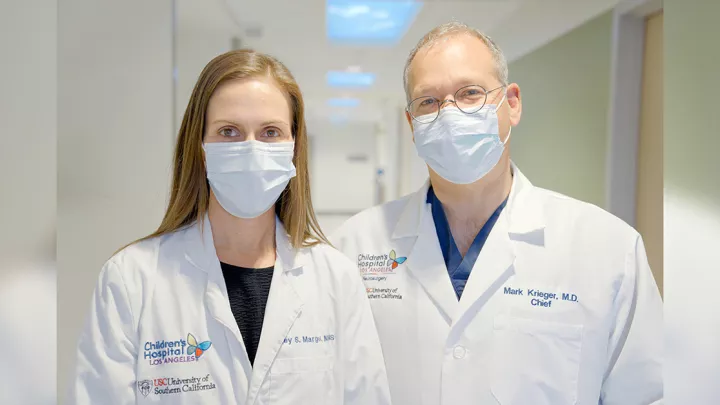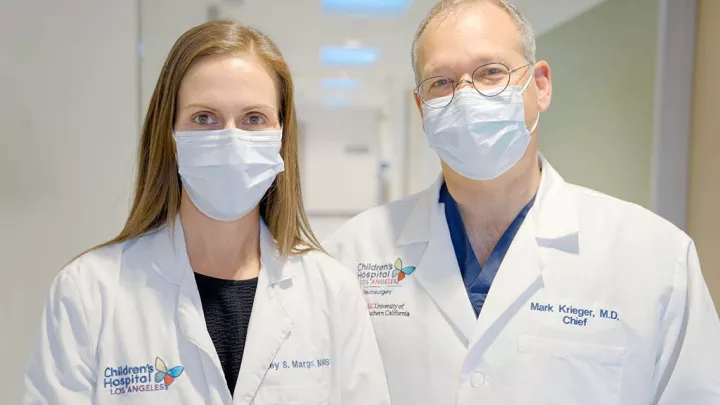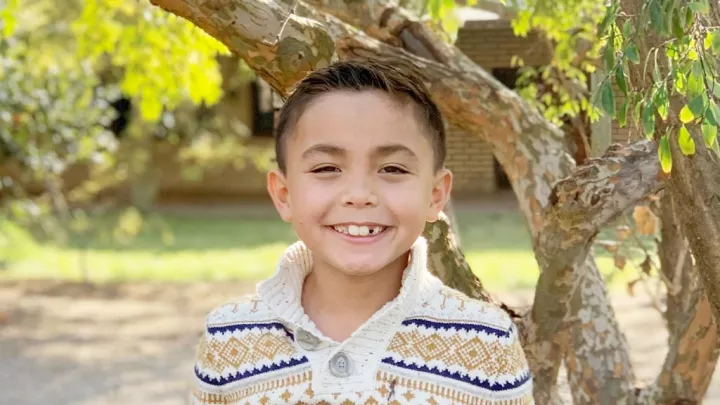Research Topics
- Pediatric Brain Tumors
- Spinal Cord Tumors
Research Overview
Pediatric brain tumors are difficult to understand because they behave differently than adult tumors. The overarching goal our research is to make surgery obsolete. We want to cure these brain tumors, without causing injury to the child in the process. Twenty years ago, children with brain tumors received high doses of radiation therapy, which would kill the tumor, but would also cause significant negative impact to the patient’s cognitive ability. Today, we strive to find the least toxic therapy that we can give these kids that will cure these tumors at a high rate, but not cause damage to the brain.
This involves looking at differentiating types of tumors and figuring out the best therapies that are tailored to each type of tumor. This is more of a personalized medicine approach. We try to target surgery, chemotherapy, radiation therapy to really treat our patients in the best way possible based on each child’s specific disease.
One new area is functional neurosurgery, which looks at the brain as a collection of electrical or chemical circuits of the brain that helps us learn and develop as individuals. Sometimes when these circuits go awry, they can cause disease. We are just getting started on how to modulate these pathways so we can help our patients live full and productive lives. We are starting a surgical epilepsy program so tailor surgical procedures to patients that have seizures and are not responding to medication. We are also starting up a movement disorder clinic. A lot of our patients are born with cerebral palsy or spasticity where they have a hard time moving and they are actually locked in their bodies. They may have a normal brain, but this movement disorder means they are unable to move and express themselves. We’re learning about this by putting electrodes to the brain and stimulating different parts of the brain and modulating the pathways of these circuits.
We are trying to get an understanding of how the brain works essentially. We are trying to see the how the different areas of the brain interact with, and impact each other and trying to find ways to modulate those pathways to actualize the potential of all of our patients. For example, if a child’s brain doesn’t function properly to allow a child’s body to move in normal ways, we’re trying to change the modulation of the different pathways so that the body is free to move normally.
We have a large team of neuro-oncologists, neuro-patholigists, neuro-radiologists, neurologists and psychiatrists and other health care professionals who work together to take care of our patients and we have been able to achieve high results. Our goal is to try and bring our physicians together to be able to solve issues and create opportunities to bring hope. Some of these tumors that were incurable 10 years ago now have a high rate of cure. One of the most common malignant types of tumor that had a 50% survival rate now has a better than 90% survival rate.



